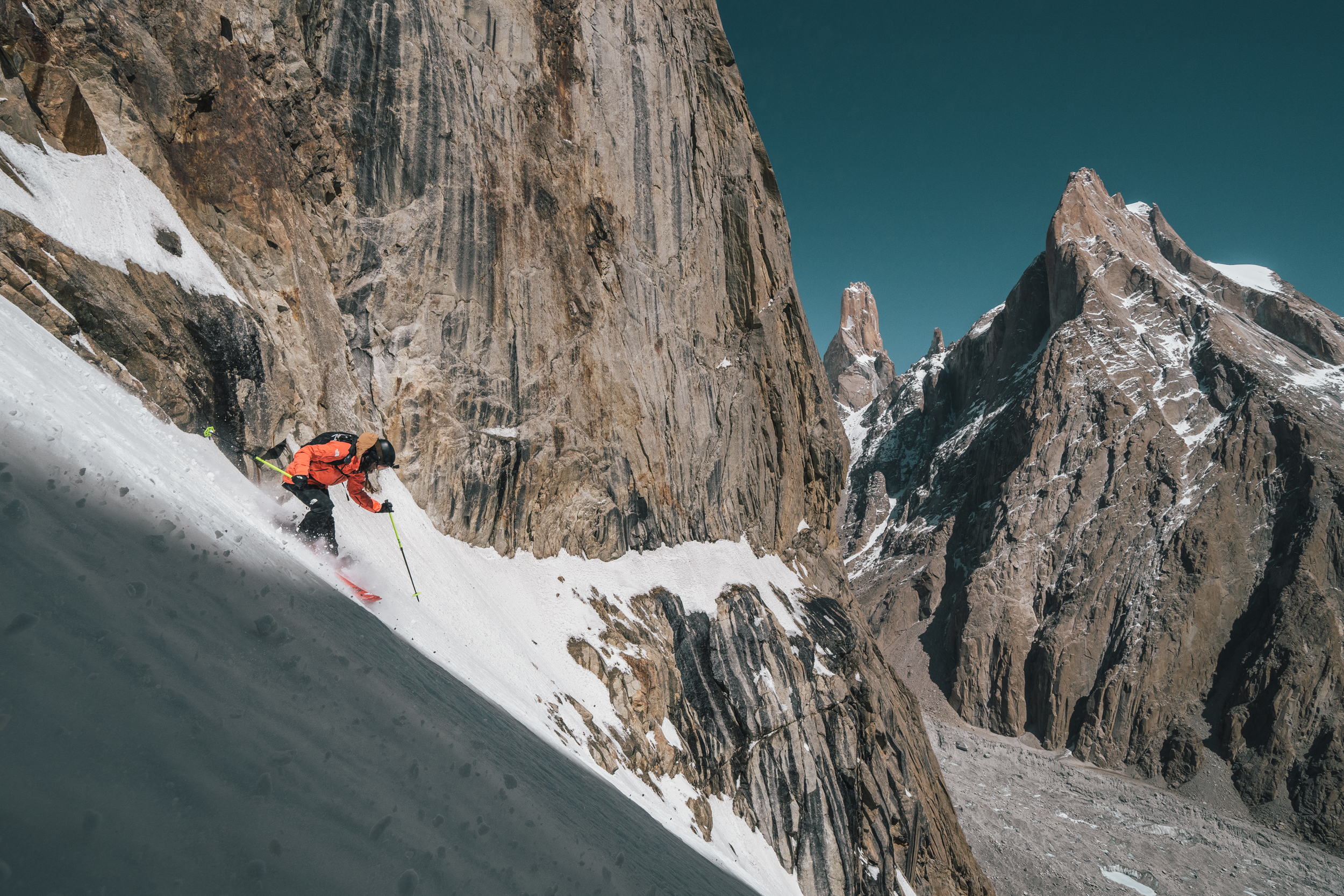
Examining Energy: How Does a Community Decide?
Mountainfilm in Telluride is committed to help creative individuals tell stories that represent the spirit of the festival. Mountainfilm Commitment Grants go to filmmakers, photographers, artists and adventurers whose projects are intended to move audiences to action on issues that matter. What follows is a report from the crew of Uranium Drive-In, winner of a 2011 grant.
Tami Lowrance is mayor of the rural uranium-mining town of Naturita, Colorado. She’s doing everything in her power to support her economically depressed community, which before the Chernobyl accident and Three Mile Island, was bustling. When a new uranium mill is proposed for the region, Lowrance and many area residents are ecstatic — they need the jobs. Others, such as former miner Clinton Oliver, are not. They're nervous about reopening “hundreds of toxic uranium mines.” They've seen, felt and mourned the long-term effects of uranium mining on the water, air and regional workers. They're worried. They also might be powerless to stop it. Uranium Drive-In closely chronicles a once-robust uranium community that’s struggling on the brink of economic death and grappling with whether a return to mining is really good — for their families, their community and the world.
We live 50 miles from the proposed Piñon Ridge Uranium Mill. When we heard the news that the first uranium mill to be built in the U.S. in 30 years was coming to our backyard, it peaked our interest. After several months of research, we decided there was a story here, and we put a crew together and started filming.
At first there was resistance from locals to be interviewed, but over time, we gained their confidence. We are telling the story from the point of view of the people who live in the area and why they want or don’t want the mill. The issue is more complicated than it first appears — many view this as a conflict between environmentalists and those who just need jobs. But it goes much deeper than that: There is a history of uranium mining in the region that goes back to the ’30s and ’40s when mines from the region contributed to the Manhattan Project. This led to the Cold War and the patriotic desire to contribute to the effort. Since the uranium bust of the 1980s, when uranium prices dropped, the jobs dried up and people moved away. These families have a long history with uranium mining and nostalgia for a time when they were making lots of money from it. Their communities were booming, and life was good.
We’re telling a story of these people — out-of-work miners, cattle ranchers and struggling business owners — coupled with the voices of people vehemently against the mill. It’s more than just a story about jobs; we push the audience to think about the larger question of energy. What are the ramifications of pursuing nuclear energy in the struggle for energy independence? What do we know about how clean our new “green” energy options are? Who do we listen to and who do we believe, given industry’s and government’s spotty track records on the health and environmental risks involved? How does a community decide? How does a country decide?


